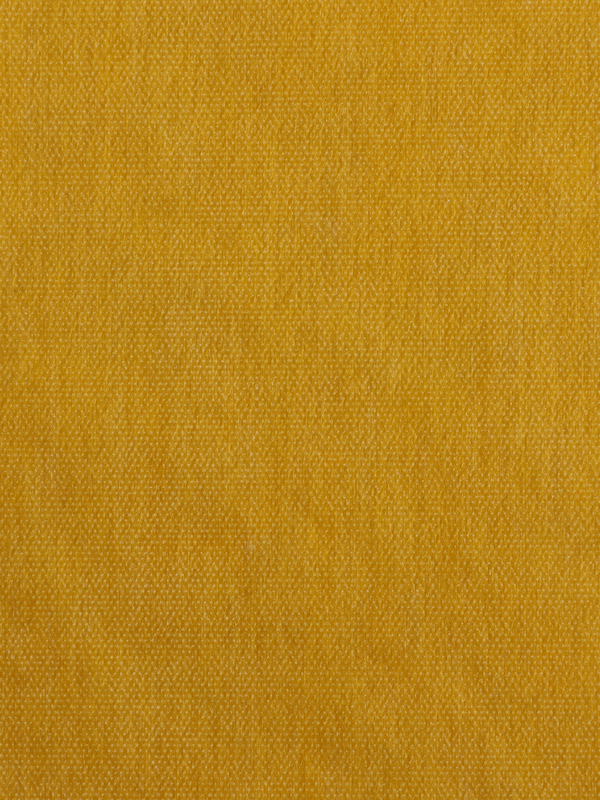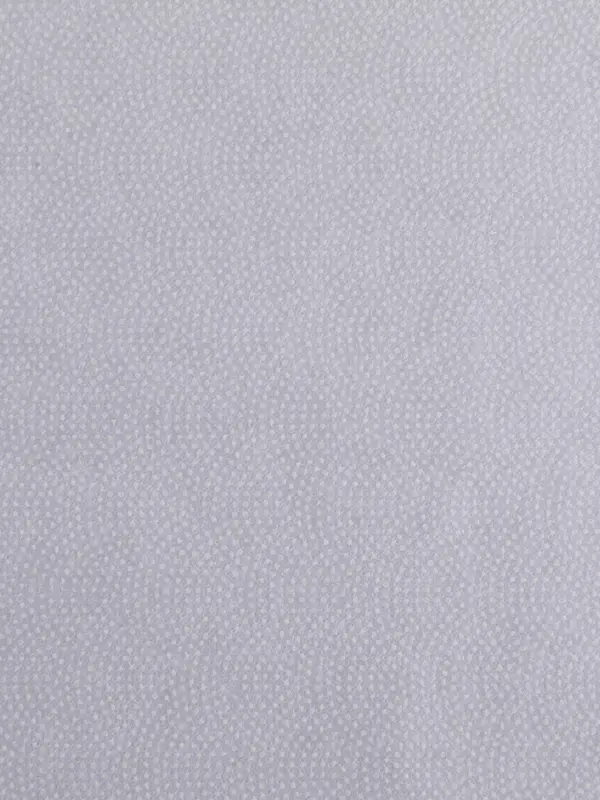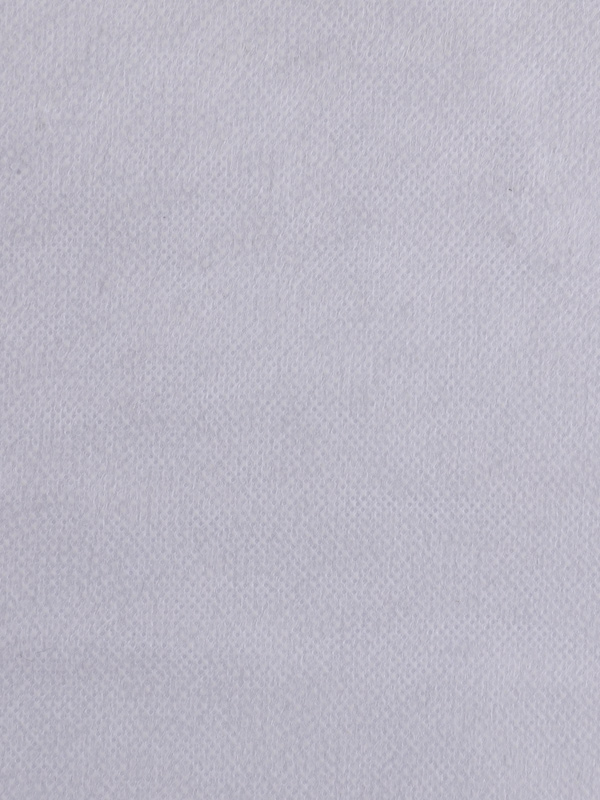Non-woven interlining is a crucial component in various industries, offering a wide range of applications and benefits. From textiles and fashion to automotive and construction, non-woven interlining plays a vital role in enhancing the performance and quality of numerous products. In this article, we will delve into the world of non-woven interlining, exploring its characteristics, uses, and advantages.

Non-woven interlining is a textile material composed of fibers that are mechanically or chemically bonded together. Unlike traditional woven fabrics, which are constructed by interlacing yarns, non-woven fabrics are made by entangling or bonding fibers together. This process creates a strong and flexible fabric without the need for weaving or knitting.
Characteristics of Non-Woven Interlining:
Versatility: Non-woven interlining comes in a variety of weights, thicknesses, and densities, making it suitable for diverse applications. It can be customized to meet specific requirements, providing designers and manufacturers with flexibility in their product development process.
Strength and Durability: Despite its lightweight nature, non-woven interlining offers excellent strength and durability. The fibers are bonded together, creating a stable and resilient fabric that can withstand rigorous use and washing.
Breathability: Non-woven interlining is known for its breathability, allowing air and moisture to pass through. This characteristic is particularly beneficial in applications such as clothing linings, where comfort and ventilation are essential.
Easy Processing: Non-woven interlining is easy to work with during manufacturing processes. It can be cut, sewn, and fused using various techniques, making it a versatile choice for both handcrafted and automated production.
Applications of Non-Woven Interlining:
Apparel and Fashion: Non-woven interlining is commonly used in the fashion industry to provide structure, shape, and support to garments. It is frequently utilized in shirt collars, cuffs, waistbands, and pocket linings, enhancing their appearance and functionality.
Automotive Industry: Non-woven interlining finds application in the automotive sector, where it is used for interior components such as headliners, door panels, and seat upholstery. It adds insulation, reduces noise, and improves the overall aesthetics of vehicle interiors.
Home Furnishings: Non-woven interlining is utilized in various home furnishing products like curtains, drapes, upholstery, and bedding. It offers increased stability, insulation, and helps maintain the shape of these items.
Packaging: Non-woven interlining is an ideal choice for packaging materials due to its strength, cushioning properties, and moisture resistance. It is commonly used in protective packaging, bags, and pouches.
Advantages of Non-Woven Interlining:
Enhanced Product Performance: Non-woven interlining improves the performance and quality of end products. It adds strength, stability, and structure, thereby extending the lifespan of garments, furnishings, and other items.
Cost-Effective: Non-woven interlining can be produced at a lower cost compared to traditional woven fabrics. Its easy processing also contributes to cost savings during manufacturing.
Eco-Friendly: Non-woven interlining can be made from recycled materials, reducing waste and environmental impact. Additionally, its lightweight nature requires fewer resources for transportation.
Improved Comfort: The breathability of non-woven interlining contributes to increased comfort in clothing and other textile applications. It allows air circulation and moisture absorption, preventing the buildup of heat and sweat.










